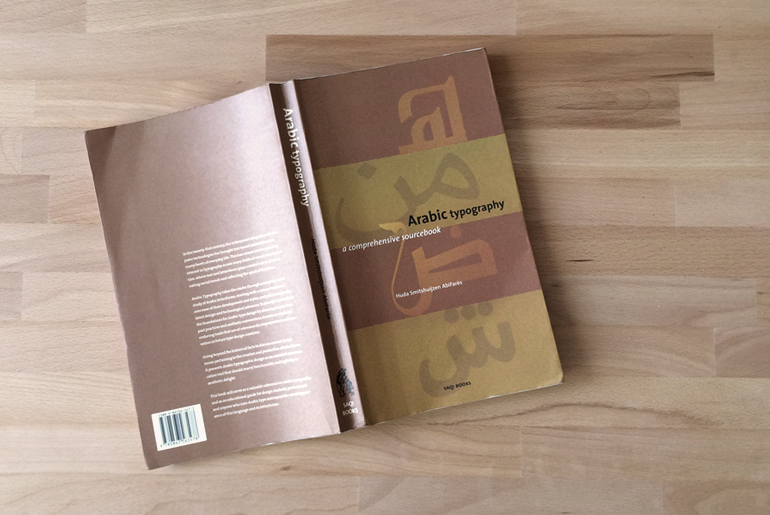I decided what I want to do with the typeface I am going to work on. I am still confused if I should use the word typeface or font. Some one guide me into this please! Its going to to be a headline typeface. It will be modern and conventional. I will draw the letterforms based on the old Arabic calligraphic style: Ijazah or Tawqi' which was developed at the time of the Abassids dynasty. The Tawqi script was used in official signatures scripts. For non Arabic speakers, Tawqi' means signature, and Ijazah means certification. Ijazah/Tawqi' is also known for connecting the final letter of the word to the initial letter of the following word. It was often used for official documents and important references. I always loved this script because of pen flow while writing it. Its not very common as the rest of the main Arabic calligraphic scripts. Its a combination between Naskh and Thuluth which gives it great proportions. I will not design a revival of the script. I will only design the letter forms based on it.
I learned that if I am designing a Roman typeface, I should start by designing the letterforms of the capitals H and O then the lowercase l,n,o, and p to get the sense of proportions of the ascenders, descenders, x-height, capital, contrast, and letters width. For Arabic, I learned that I should start with the letters (ع ا س) to get the sense of the ascenders, descenders, loop and tooth heights, contrast, and letters width. So, there is nothing such as x-height in Arabic typefaces. In some Arabic typefaces, there are 2 loop heights. Sometimes, the loop and the tooth heights are the same.
I think, that the typeface I will be working on will end up being a mixture of my handwriting and Ijazah script letter forms skeletons.






